You are using an out of date browser. It may not display this or other websites correctly.
You should upgrade or use an alternative browser.
You should upgrade or use an alternative browser.
Russia's Invasion of Ukraine (Official Thread)
- Thread starter newarkhiphop
- Start date
More options
Who Replied?ukraine still has to allocate soldiers and equipment to those borders just like that have to with Belarus. they wouldn't have to worry about looking over their shoulder if they bordered with Moldova instead of Transnistria.
Ukraine doesn’t have thousands of soldiers bordering Transnistria. Less than 2000 Russian peacekeepers with probably no offensive capabilities pose little to no threat to them. On top of that, the region is landlocked with no direct way of resupply to Russia other than through contested airspace.
Ukraines manpower and equipment shortages are because they played right into the Russians hands of fighting a attritional war on a +1000km frontline. Transnistria is not the cause or a solution to their problems.






How Russia war-gamed a Chinese invasion
Leaked military documents lay bare Moscow’s long-standing fears about Beijing
 www.ft.com
www.ft.com
How Russia war-gamed a Chinese invasion
Leaked military documents lay bare Moscow’s long-standing fears about Beijing

Angry mobs clashing with police in eastern cities. Networks of saboteurs smuggling arms across the border for attacks on police stations and military barracks. A resentful nuclear power boosting defence production as it accuses its neighbour of ethnic cleansing.
These all sound like Russia’s playbook when it first invaded Ukraine in 2014, then launched a full-scale war in 2022. But the storylines are all from Russian military training exercises based on a hypothetical Chinese invasion of its far east.
The war games, which were written by Russian officers between 2008 and 2014 and leaked to the Financial Times, offer an extraordinary window on the army’s long-standing fears about Beijing’s real intentions, according to experts who reviewed the files.
As well as offering unprecedented detail on Russia’s nuclear doctrine, they recount years of exercises rehearsing a possible Chinese invasion, revealing the military establishment’s deep suspicion of Beijing even as leaders Vladimir Putin and Xi Jinping began forging a “no limits” partnership.

Though the prospect of war between China and Russia may seem far-fetched today, the scenarios give granular insight into how Moscow’s military thought about threats from China — as well as the tactics it deployed to wage war in Ukraine.
In one war game scenario, China pays fake protesters to clash with police in Russia’s far east, then sends saboteurs to covertly attack Russian security infrastructure. Once tensions reach a boiling point, China increases defence production and ominously deploys army units at the border as it accuses Russia of “genocide”.
Alexander Gabuev, director of the Carnegie Russia Eurasia Center in Berlin, said Russia regularly practised such war games during the 2008-2014 period against a China that “was obviously seen as a threat”.
“Many new weapons systems were deployed to the far east first, even though Russia always said Nato was the main threat and China was a partner.”
Fears in Moscow that Beijing could exploit Russia’s weaknesses along its sparsely populated end of their border were particularly pronounced in the 1960s and 1970s, including a seven-month undeclared military conflict in 1969. They rose again in the 1990s as a weak Russia faced up to its eastern neighbour’s rise.
But after Putin came to power at the end of the decade, the dynamic changed. China and Russia signed an agreement never to invade each other, or carry out a nuclear first strike, and dropped all territorial claims.

Putin built an even closer relationship with Xi Jinping, who came to power in 2012. Their co-operation became a “no-limits” partnership weeks before the invasion of Ukraine. Beijing has offered tacit backing for Moscow’s campaign, as well as an economic lifeline to lessen the blow from western sanctions.
Putin’s spokesperson on Wednesday said the Kremlin “strongly doubts” the authenticity of the leaked documents. China’s foreign ministry meanwhile stressed that “eternal friendship and non-enmity” had been “legally established” between the two countries. “The ‘threat theory’ has no market in China and Russia.”
In the world of these military training scenarios, however, such friendship is viewed with suspicion — a facade for China’s imperial designs on Russia’s far eastern territories.
One document from a 2014 exercise describes relations spiralling towards conflict following the rise to power of “a new generation of nationalist leaders” in Dasinia, the fictional name for a country with China’s precise geography.
Initially, Dasinia is said to want to deepen its ties with the Northern Federation, the alias for Russia. But the deeply cynical Dasinians seek to exploit any tensions between the North and western countries.
Soon Dasinia is demanding “sharp increases of raw hydrocarbon materials at extremely disadvantageous conditions” from the North to power its overheated economy. Dasinia begins preparing for war after the North says no.
Some documents suggest concern that China might mount offensives via Kazakhstan — possibly leading to strikes on western Siberia and even the Urals. But in several exercises dating back as far as 2008, the invasion force’s ultimate goal is to take over the Russian far east.
The plots highlight Russian fears about the Chinese diaspora within Russia, who are depicted as an explicit foreign policy tool of Beijing. The population, however, is small — with fewer than 29,000 officially recorded in the 2010 census.
One of several exercises focused on an invasion of Kazakhstan and western Siberia, dated July 2014, says China wants to find more “living space” for its population there, turning the countries into “resource colonies”.

Michael Kofman, a senior fellow at Carnegie, cautioned that the “road to war” in military exercises are often “contrived, designed to test the force, and set up the exercise”. “They’re not necessarily reflective of what is assessed as the likeliest or most realistic threat.”
Indeed in recent years Russia’s military has appeared to lower its guard with China. Large-scale Vostok drills held by Moscow’s forces in 2018 and 2022 in the far east included some limited Chinese participation, while Beijing has acquired some advanced Russian weaponry such as the S-400 missile defence system. The two countries held their largest joint naval and air exercise on Japan’s doorstep last year.
But William Alberque, a director at the International Institute for Strategic Studies, said the military co-operation had still largely been limited to “photo opportunities and parades” rather than areas of particular sensitivity, such as joint operations, planning or dynamic targeting.
Experts say current Russian exercises with nuclear-capable missile systems near the Chinese border, held as recently as November, indicate the Russian military is still training for a possible conflict — one that could potentially involve tactical nuclear weapons.
Spheres of competition between Russia and China remain, particularly in Central Asia. Russia’s focus on Kazakhstan in the documents indicates how Moscow saw the challenge from Beijing in Central Asia coming through military diplomacy, said Jack Watling, senior fellow at the Royal United Services Institute.
“Kazakh personnel were being invited to Chinese staff colleges [for military education] at a scale that began to outmatch Russia’s,” he said. “Many traditional Russian partners in the ‘near abroad’ were having to hedge between Moscow and Beijing.”
Gabuev said for now, though, the war in Ukraine has led an overstretched Russia to become more accepting of China in Central Asia. “Russia doesn’t have the resources to be the main regional policeman on its own any more. It’s looking towards sharing the burden with China to stop any kind of western presence.”

Leaked Russian military files reveal Moscow rehearses tactical nuclear weapons response to Chinese invasion
Russia has rehearsed using tactical nuclear weapons at an early stage of conflict with a major world power, the Financial Times reported on Feb. 28, citing leaked military files that include training scenarios for an invasion by China.
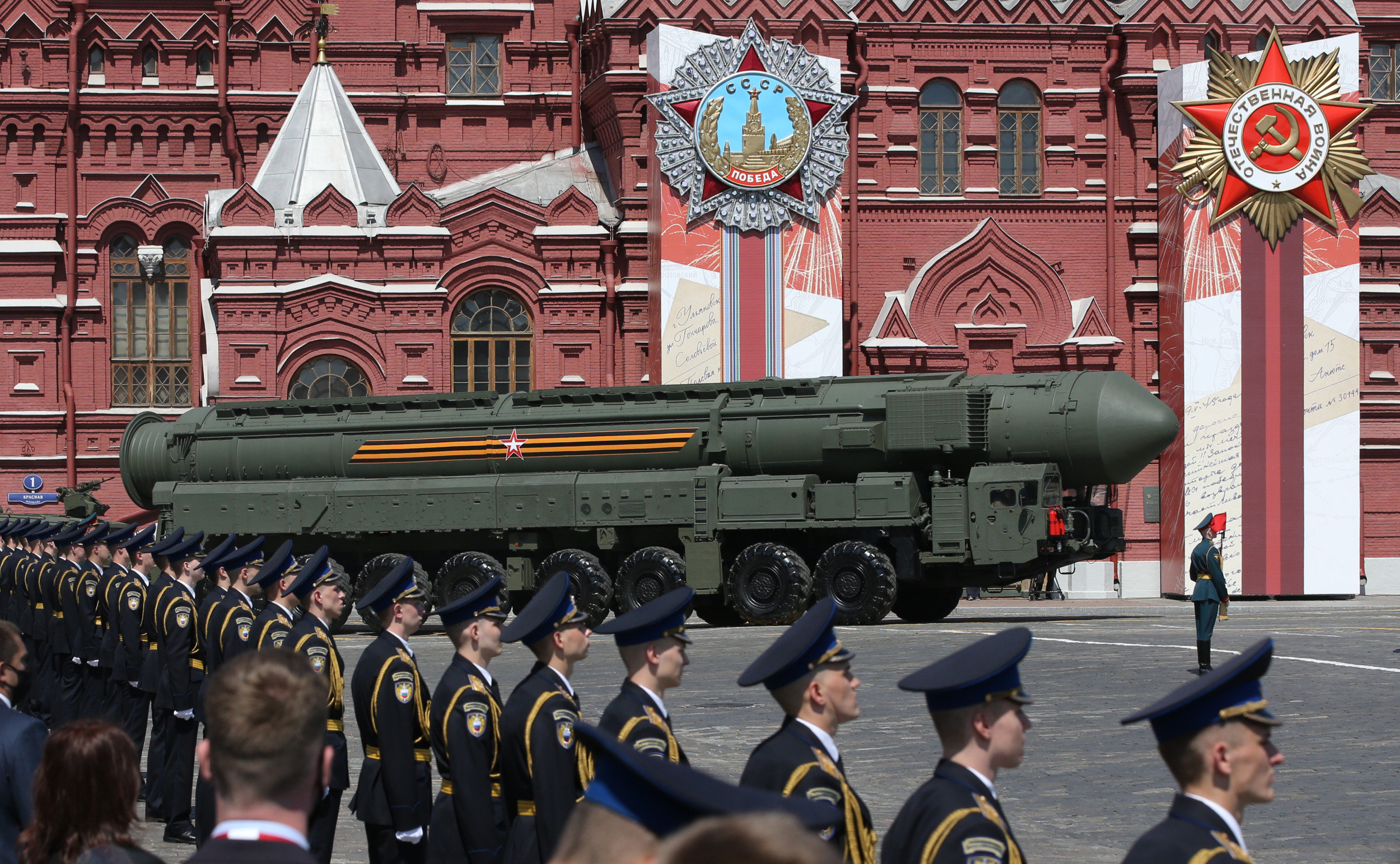
Beijing silent over Russia's reported war-gaming of China invasion
The leaked documents reveal the Kremlin's low threshold to rehearse using tactical nuclear weapons in a potential conflict with China.
ADevilYouKhow
Rhyme Reason
Wirecard fugitive Jan Marsalek recruited by Russian intelligence in 2014, says report
Executive at fraudulent German financial services company led a double life
 www.ft.com
www.ft.com
ADevilYouKhow
Rhyme Reason
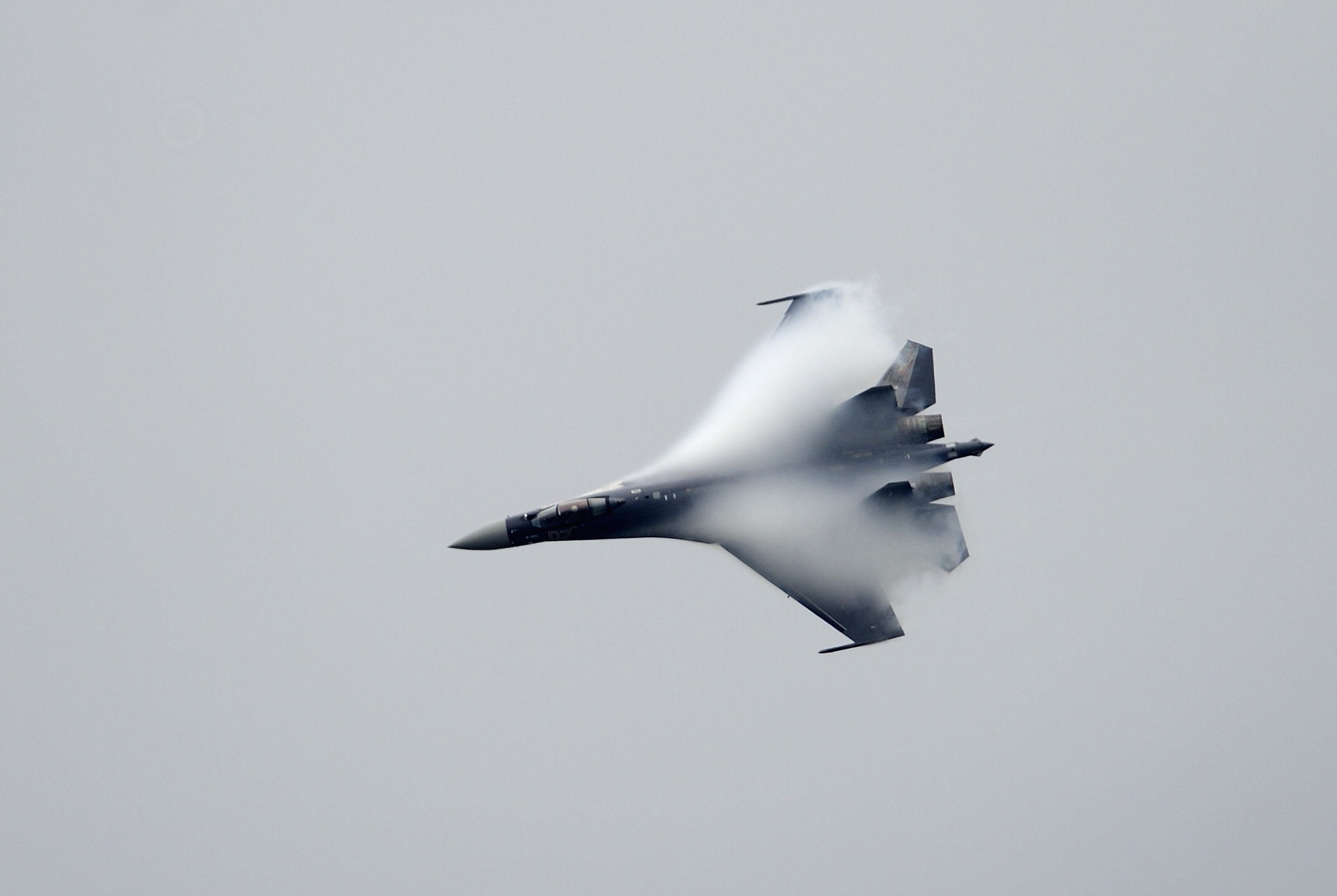
Russian Su-35 jet "disappears from radars"
If Ukraine is responsible for the jet's disappearance, it would be the 14th Russian aircraft Kyiv purportedly downed in 14 days.
While the status of the jet was unconfirmed, if its disappearance was the result of a Ukrainian attack, it would be the 14th aircraft purportedly destroyed by Kyiv in 14 days.

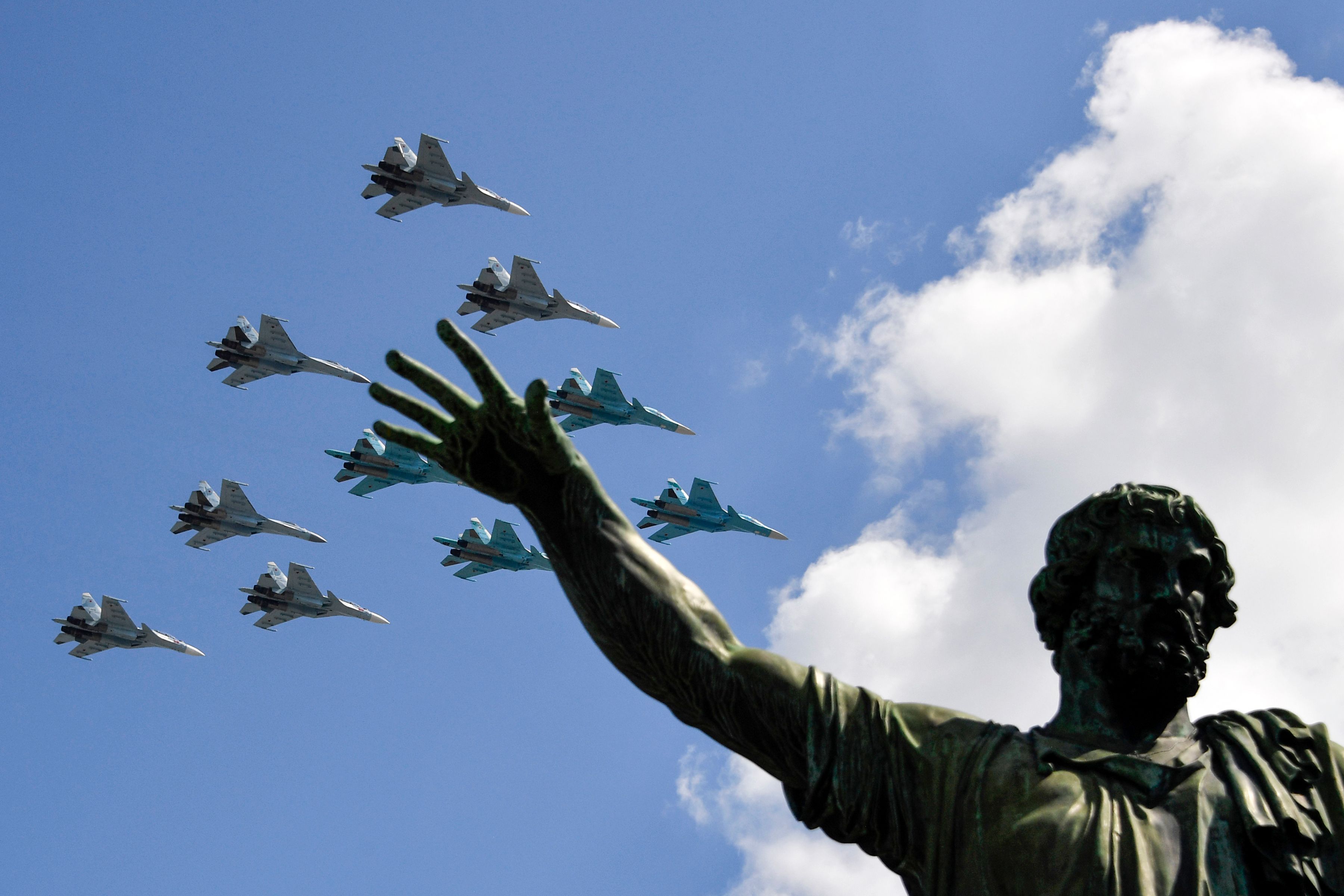
How many Su-34 fighter bombers does Russia have left?
Kyiv claims to have downed 13 Russian aircraft in 13 days, deepening the woes of Moscow's air force.

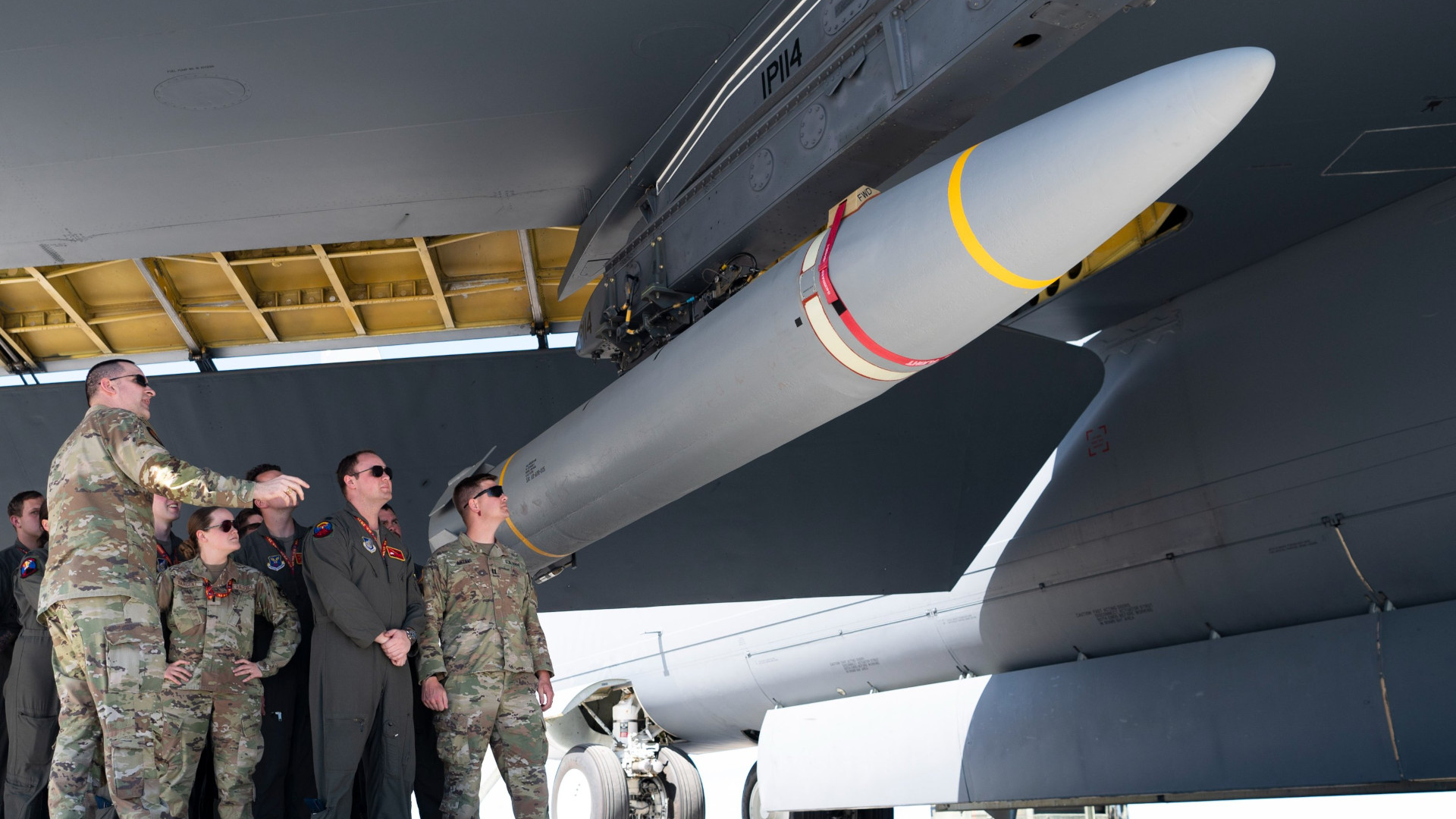
B-52 Armed With Hypersonic Missile Makes Appearance In Guam
The public appearance of a live AGM-183A on Guam raises questions about the Air Force's previously stated plans to axe the missile.
Last edited:
ADevilYouKhow
Rhyme Reason
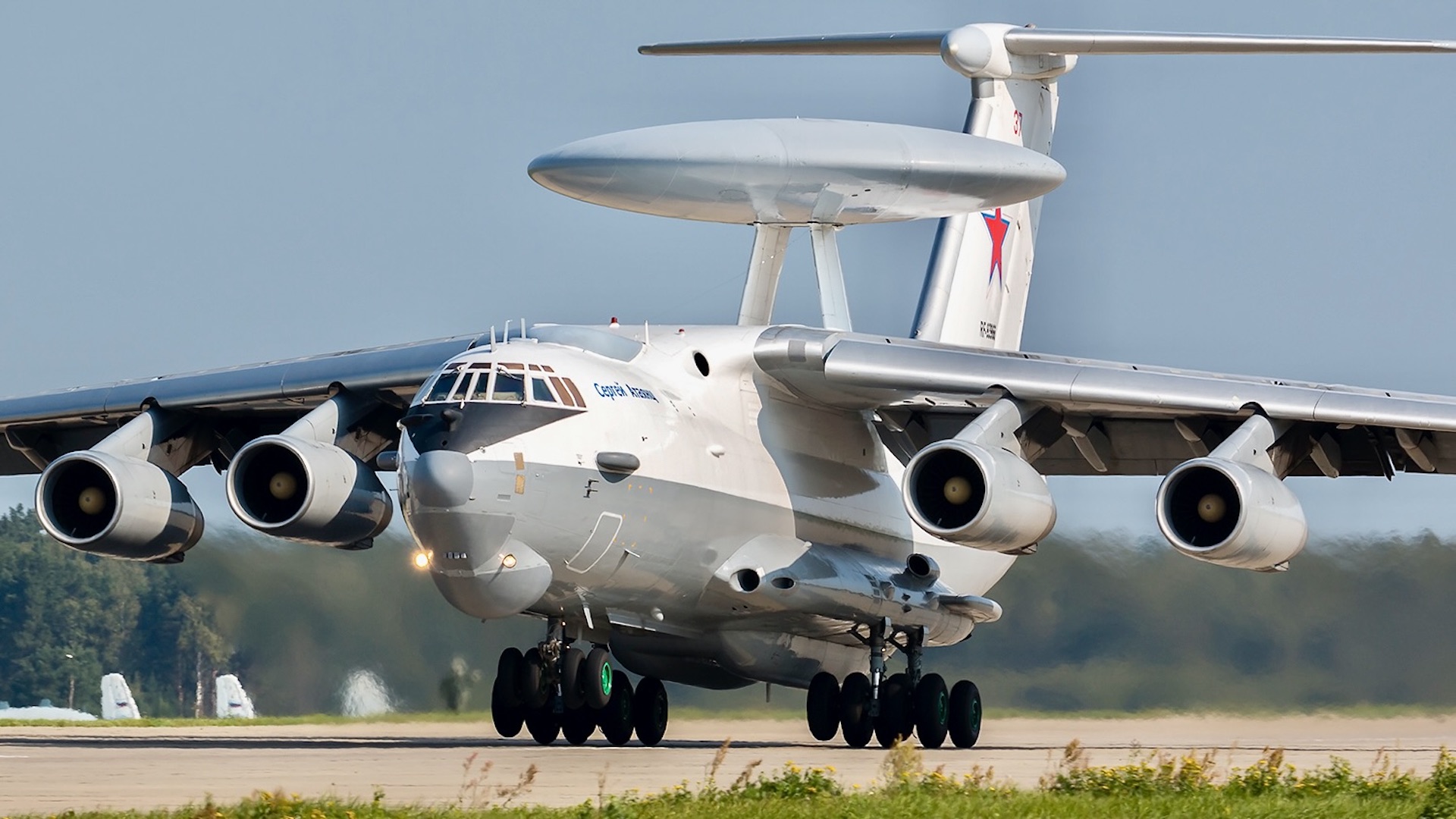
Russia Building More Dated A-50 Radar Planes Is Desperate But May Be Necessary
A plan to put the outdated A-50 Mainstay back into production reflects growing losses and major problems in the Russian aerospace industry.
